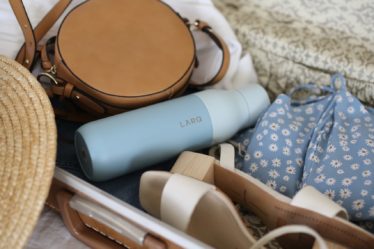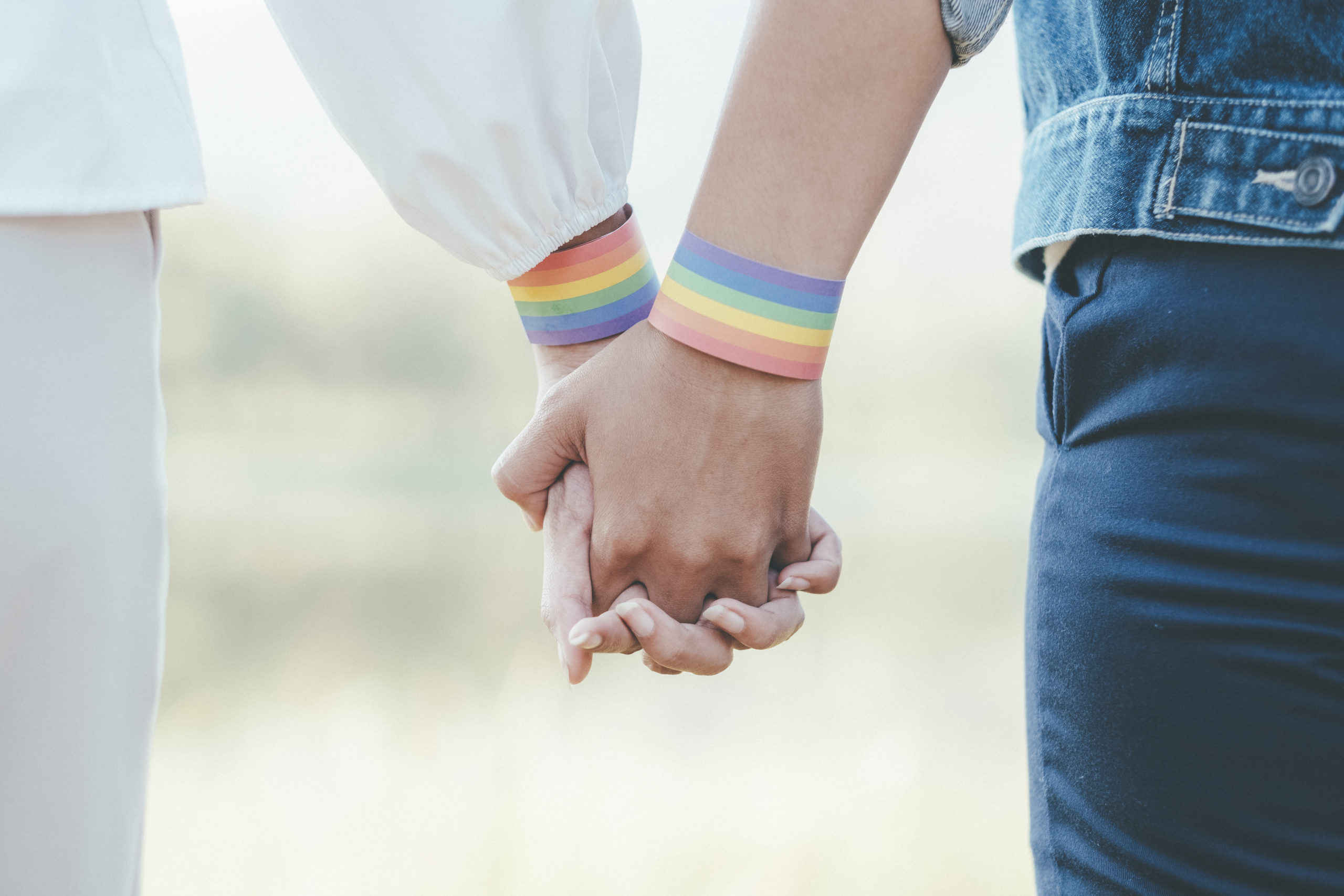
Never before has the LGBTQ+ community been clearer about their messaging, identities, wants, and needs, than they are in today’s society. The fantastic news is that as people begin to open up about their sexuality, self-expression, identities, gender transitions, and more, the world is becoming more aware of gender identity challenges and the importance of creating safe spaces for gender nonconforming people around the world. Whether you’re an ally, nonbinary, or simply curious about gender expression and fluidity, there’s always more to learn. For a closer look at gender expression and fluidity and how you can be supportive, read on.
Ending Gender and Other Expectations
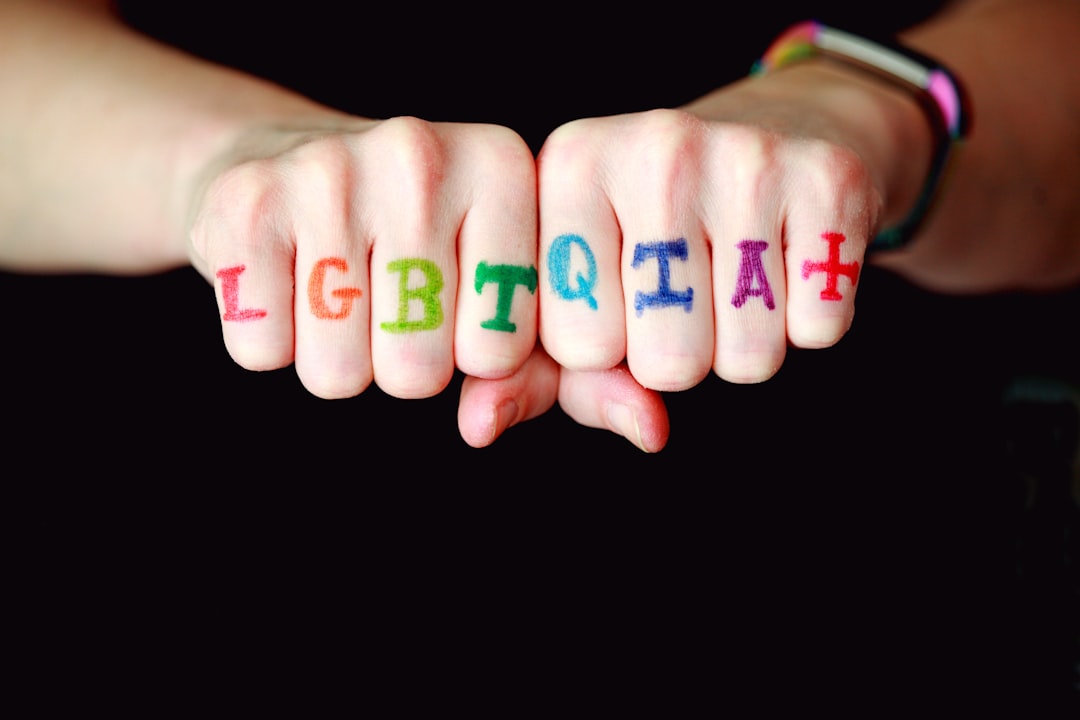
Many people get overwhelmed by all the acronyms used in the LGTBQ+ community. While it can be challenging to learn what certain abbreviations mean, gender expression and fluidity really aren’t complicated constructs. In short, to be gender fluid simply means that a person doesn’t identify with one specific gender more than another at any given time. That is, some days, they may feel more feminine and others more masculine. Other days, they may not feel connected with a gender at all.
Society comes with many constructs. Over time, our culture has assigned male or female attributes to everything from colors to accessories and sometimes even stereotypes around interests and opportunities. A person who is gender fluid and enjoys experimenting with gender expression is someone who rejects the idea of these pre-conceived notions.
For example, maybe you generally identify as a woman but enjoy dressing more masculinely. While your grandparents might have referred to you as a tomboy, today’s generation is not afraid to play with a variety of forms of gender expression. For you, it’d be exciting to pick out quality men’s jewelry from Kendra Scott. Kendra Scott is a jewelry company based in Austin, TX. Through the use of natural materials, including genuine stone and shells, they create quality, affordable luxury products that make fashion and its trends truly accessible. Someone like you would pick out a fantastic piece simply because it suited you and not based on the gender you were born or any labels society has put on you.
Identities and Reaching Out for LGBTQ-Friendly Help
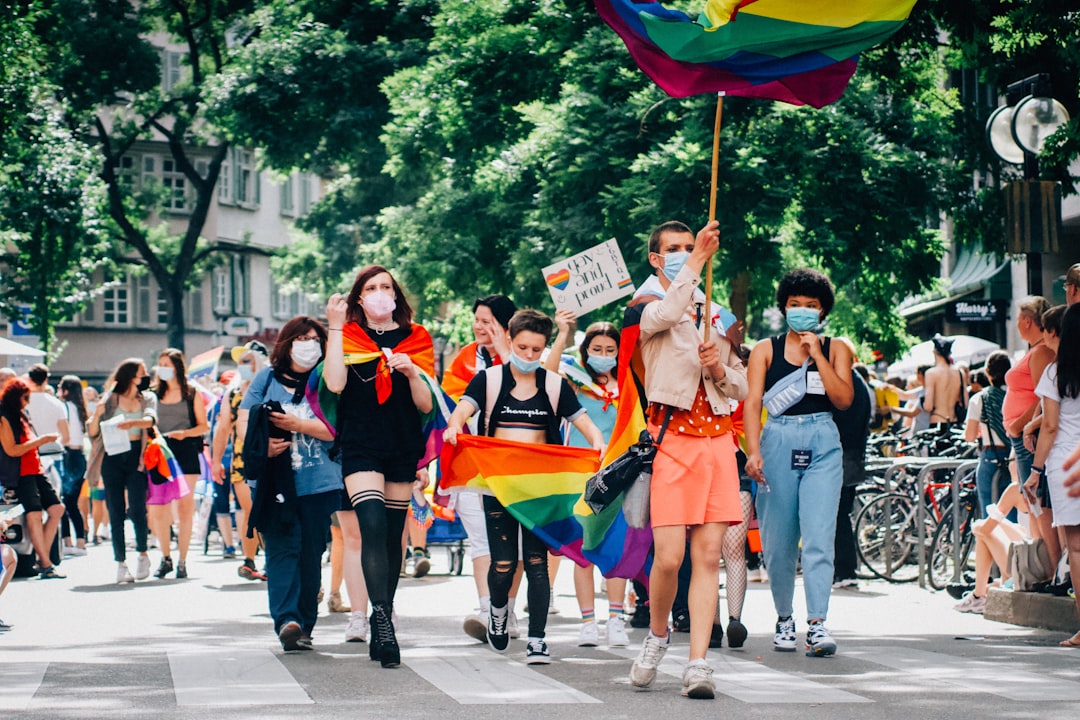
While young people in recent years have been more vocal about their gender expressions, it doesn’t mean we don’t still have a long way to go when it comes to the mental health concerns of the LGBTQ+ community. The reality is that there’s still a stigma out there and that as people come out, announce new pronouns, and even experiment with gender diversity and expression, it can be helpful to have a professional to talk to. If you’re not sure where you stand or you’re hoping to come out, reach out to a gender therapist through a place like the Therapy Group of DC. Therapists who specialize in LGBTQ issues are often fantastic resources to not only the community but individuals, too.
Identifying Allies
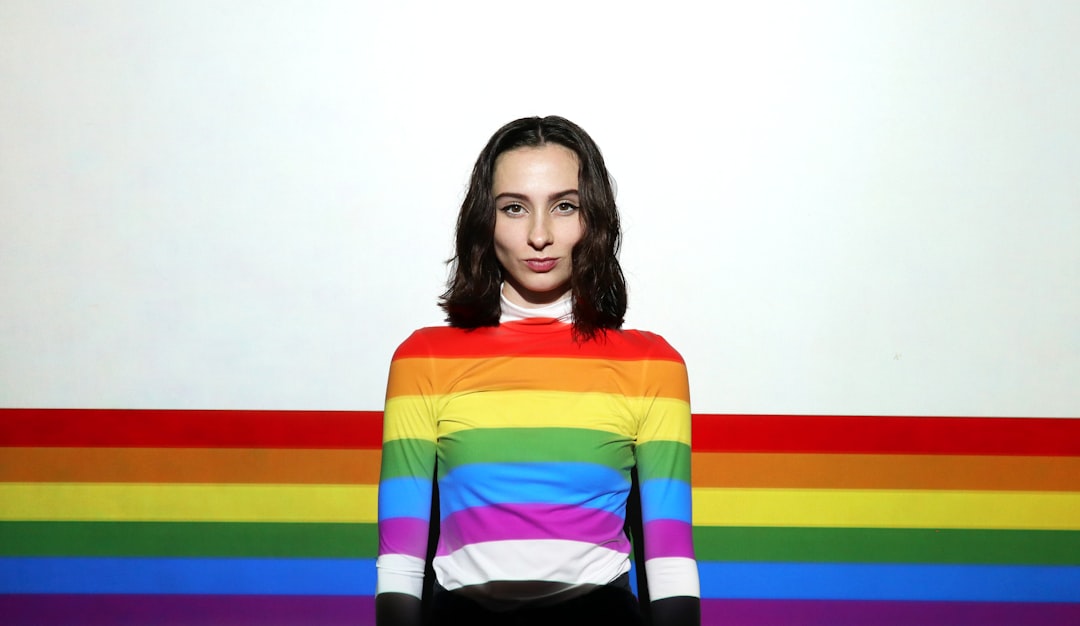
As you explore yourself, having a strong support group will go a long way. Consider talking to a therapist for a referral and take the time to identify supportive people in your personal life.
At the end of the day, the best way you can help an LGBTQ+ friend is to have an honest conversation about their preferences. By respecting their pronouns, understanding ‘we’ pronouns, respecting sexual orientation, and working to put an end to stigma, you’ll be a proud part of a community looking for acceptance around gender identity issues. Or, if you’re struggling with your own identity, reaching out to a support group or trusted friend is a great way to take those first steps out of the closet with pride.



